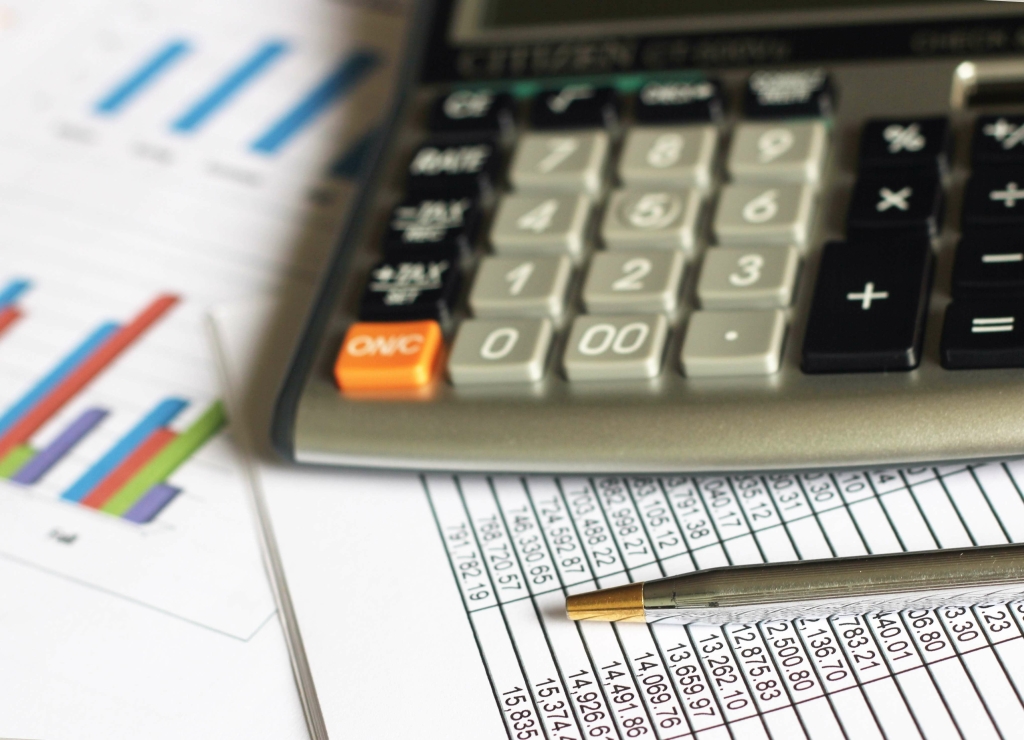
You want to know the value of your investment now to acheive this or, the present value of your investment account. PV is commonly used in a variety of financial applications, including investment analysis, bond pricing, and annuity pricing. It is also used to evaluate the potential profitability of capital projects or to estimate the current value of future income streams, such as a pension or other retirement benefits.

What is your risk tolerance?
- Therefore, different methodologies are employed in the valuation of their present values.
- PV is suitable for evaluating single cash flows or simple investments, while NPV is more appropriate for analyzing complex projects or investments with multiple cash flows occurring at different times.
- According to these results, the amount of $8,000, which will be received after 5 years, has a present value of $4,540.
- In order to get the value that you will insert into the formula in the example used in this problem from earlier, we can use the table in the image above.
- Calculate the present value of this sum if the current market interest rate is 12% and the interest is compounded annually.
Once the amount for $1 is known, it is easy to determine the amount https://www.bookstime.com/ for any principal by multiplying the future amount for $1 by the required principal amount. Many hand calculators also have function keys that can be used to solve these types of problems. Both situations are problems where the solution is to determine the future value of a single amount. To explain the concept of the future value of a single amount, let’s start with the table below. The value of a current single amount taken to a future date at a specified interest rate is called the future value of a single amount. Use this PVIF to find the present value of any future value with the same investment length and interest rate.
- Examples include investing, valuing financial assets, and calculating cash flow.
- Higher interest rates result in lower present values, as future cash flows are discounted more heavily.
- This discount rate takes into account the time value of money, which means that money today is worth more than the same amount of money in the future.
- In the present value formula shown above, we’re assuming that you know the future value and are solving for present value.
Present Value of a Perpetuity and Present Values Indexed at Times Other Than t = 0
The discount rate is highly subjective because it’s simply the rate of return you might expect to receive if you invested today’s dollars for a period of time, https://www.instagram.com/bookstime_inc which can only be estimated. To calculate the present value of a stream of future cash flows you would repeat the formula for each cash flow and then total them. Fortunately, you can easily do this using software or an online calculator rather than by hand. In this case, if you have $19,588 now and you can earn 5% interest on it for the next five years, you can buy your business for $25,000 without adding any more money to your account.
When Might You Need to Calculate Present Value?
Present value is a way of representing the current value of a future sum of money or future cash flows. While useful, it is dependent on making good assumptions on future rates of return, assumptions that become especially tricky over longer time horizons. PV helps investors determine what future cash flows will be worth today, allowing them to understand the value of an investment and thereby choose between different possible investments. Present value can be calculated relatively quickly using Microsoft Excel. PV calculations rely on accurate estimates of future cash flows, which can be difficult to predict.
What is your current financial priority?
For example, if compounding occurs monthly the number of time periods should be the number of months of investment, and the interest rate should be converted to a monthly interest rate rather than yearly. The future value of a single sum of money in case of a simple interest can be computed using the following formula. If you want to calculate the present value of a stream of payments instead of a one time, lump sum payment then try our present value of annuity calculator here.
- Of course, both calculations also hinge on whether the rate of return you chose is accurate.
- When using this present value formula is important that your time period, interest rate, and compounding frequency are all in the same time unit.
- The calculation can only be as accurate as the input assumptions – specifically the discount rate and future payment amount.
- The present value of a single sum tells us how much an amount to be transacted in the future is worth today.
- Present value can be calculated relatively quickly using Microsoft Excel.
- Suppose that a company with an extra $100,000 lying around is trying to decide between investing the money at 4 percent for five years and using the extra money to expand the business.
Present Value Formula for a Future Value:

Continuing the present value of a single future sum with the same example, suppose we now want to determine the future value of $10,000 at the end of 3 years if interest is compounded annually at 12%. Always keep in mind that the results are not 100% accurate since it’s based on assumptions about the future. The calculation can only be as accurate as the input assumptions – specifically the discount rate and future payment amount. What that means is the discounted present value of a $10,000 lump sum payment in 5 years is roughly equal to $7,129.86 today at a discount rate of 7%.
Future value of a single sum

Present value (PV) is the current value of an expected future stream of cash flow. It is based on the concept of the time value of money, which states that a dollar today is worth more than it is tomorrow. Understanding the applications and limitations of Present Value, including its dependence on accurate cash flow estimation and sensitivity to discount rate changes, is essential for making sound financial decisions. PV takes into account the time value of money, which assumes that a dollar received today is worth more than a dollar received in the future due to its potential earning capacity.

Because transactions take place in the present, those future cash flows or returns must be considered by using the value of today’s money. Present Value is a financial concept that represents the current worth of a sum of money or a series of cash flows expected to be received in the future. The time horizon, or the length of time until a future cash flow is expected to be received, also impacts the present value. The longer the time horizon, the lower the present value, as future cash flows are subject to a greater degree of discounting.
